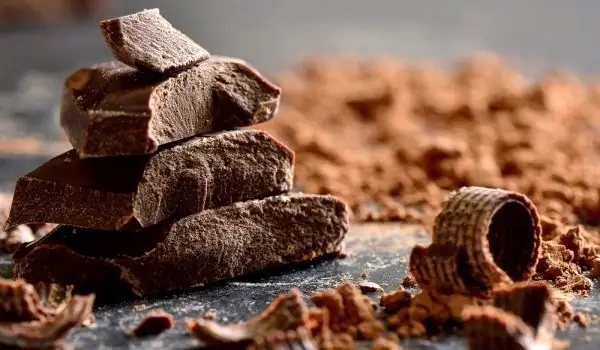2025 Author: Jasmine Walkman | [email protected]. Last modified: 2025-01-23 10:18
Rice is one of the most useful cereals. However, its health qualities are often underestimated.
Rice is a crop extremely rich in complex carbohydrates, which in turn are the main source of energy for the body. In addition, rice has a very low glycemic index.
Rice is divided into several subspecies, depending on the differences in grains. It can be - short-grained, medium-grained and long-grained.

In addition, according to several layers of outer shells, rich in vitamins and minerals and according to the degree and methods of their removal, there are several types of rice - brown / whole grain, brown steamed, white, white steamed, white polished and quick-cooking white.
Whole grain rice is considered the most useful. During processing, only the husk is removed, thus preserving its nutritional qualities to the maximum. White rice is subject to the most active processing, in which the vitamins and minerals from its composition are lost.

Rice has high nutritional value. It contains 75-85% carbohydrates and 5-10% proteins, which are the main energy engines of the body. This is the main reason why this culture is considered suitable especially for active athletes.
One of the biggest misconceptions associated with it is that the starch content leads to the accumulation of subcutaneous fat. Starch in rice, due to its physical and chemical characteristics, is easier to digest and is almost completely absorbed by the intestines.
And in addition to being a food completely devoid of excess fat, rice also contains a limited amount of minerals. Low sodium, for example, makes it an ideal food for people suffering from hypertension and heart disease.
On the other hand, brown rice, which is the most useful, is a natural source of fiber, B vitamins and minerals.
It has a very low glycemic index, which means that it is absorbed slowly and does not lead to a rise in blood sugar levels. 362 kcal, 3 g of fat, 8 g of protein and 76 g of carbohydrates are found in 100 grams of whole grain rice.
The only disadvantage of brown rice compared to white rice is the much slower cooking. It takes at least 45-50 minutes for it to soften completely. But the wait is worth it.
Recommended:
What Does Chocolate Really Contain?

Chocolate is the undisputed leader among sweet treats and there is hardly anyone who can resist this temptation. For several years, the question has been on the agenda as to whether chocolate is useful or rather harmful. Of course, in order to answer this question, we need to know exactly which chocolate we are referring to and look at its content in detail.
What Does Native Beer Contain And How To Recognize Quality Beer

Although Bulgaria is not the leading country in drinking beer in the world, when the summer heat comes, there is no more popular drink in our country. However, what the native beer contains and how to distinguish the quality from the low-quality, reveals the section Read the label of bTV.
What Does Garlic Contain And Why Should We Eat It?

The benefits of garlic are due to the content of the vital chemical allicin, which is a great therapeutic agent. Allicin, which contains sulfur, is the culprit for the aroma of garlic. Mankind has been using garlic for more than three thousand years.
What Does Chicken Contain?

On a walk through a large grocery store - we come to the meat and in particular chicken. What's on the shelves - huge chickens with beautifully shaped legs, shiny skin. One wonders what to buy - which of the giant chickens to choose. Is it the average size or the one at the other end of the rack that is so big that it tilts all the other meat on the shelf?
What Does The Bacon Contain?

For many people, bacon is synonymous with harmful and unhealthy foods. Good, but as we know, our grandparents ate quite fat and lived to old age. This could not happen if the bacon is as harmful as we imagine. Bacon is rich in vitamin F and helps create new immune cells that help the body fight viruses and infections.

